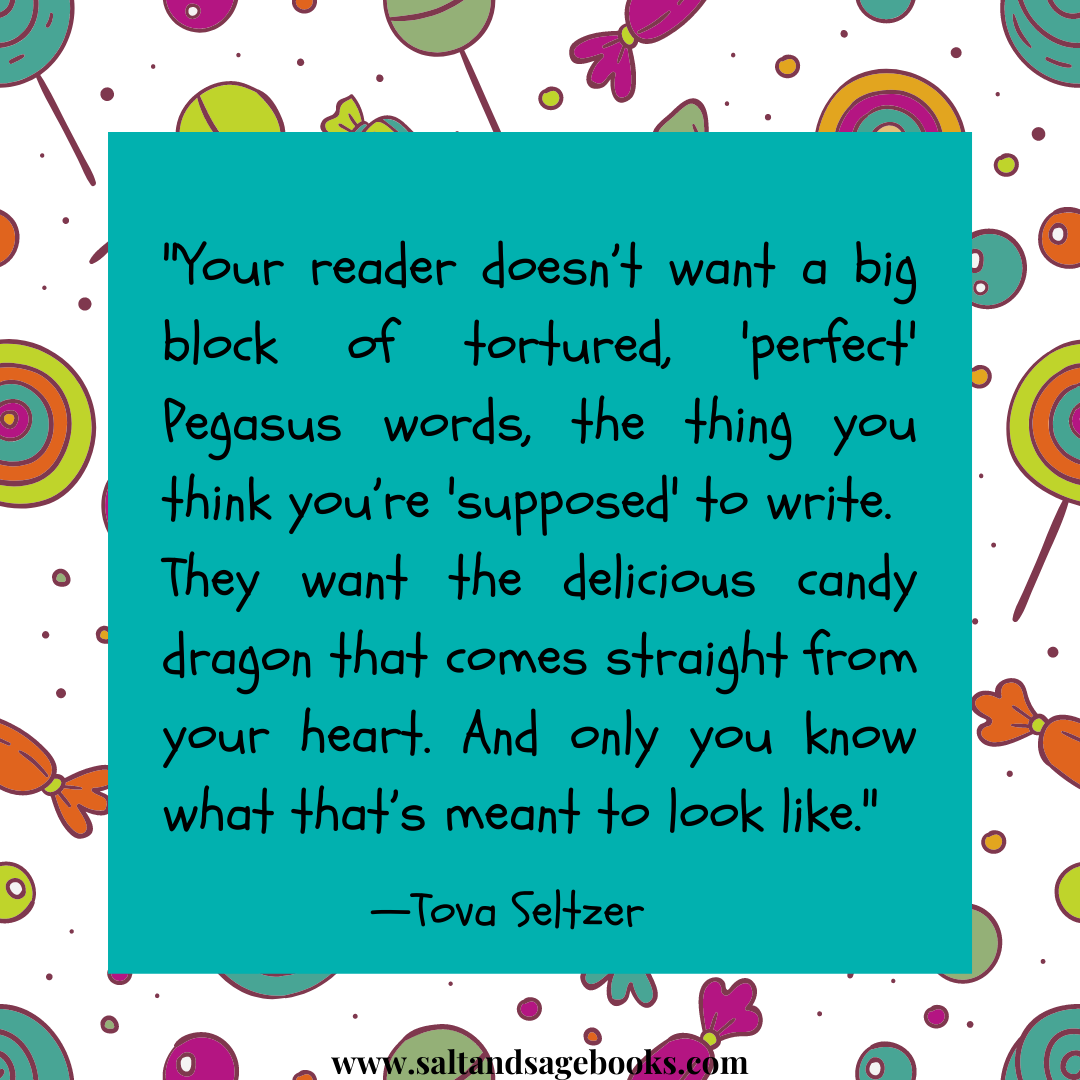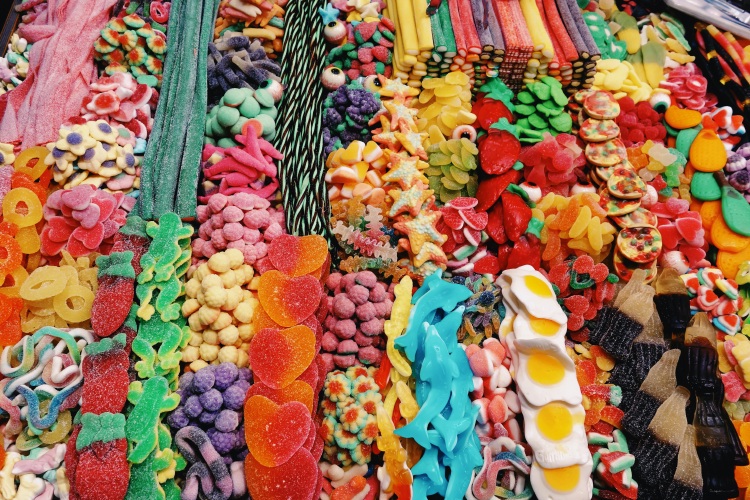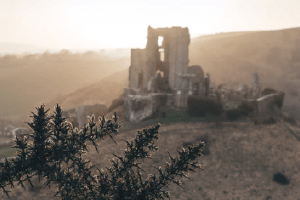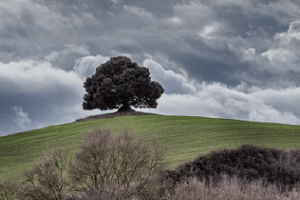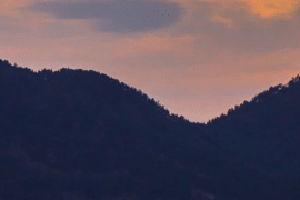Write Your Candy Dragons
by Tova Seltzer
Anyone who has ever pushed past the fantasy of “being a writer” and actually written can tell you that writing isn’t always fun. It’s not always sitting down dreamily at an antique desk with a big mug of herbal tea, looking out over a cozy snowy vista, and letting the words flow easily for hours on end until you have a perfect draft. But how do you know the difference between buckling down to do the work and just hitting your head against a wall?

This year, I’ve spent a lot of time confronting this question while feeling mired in the muck. But I’ve also been surprised by how often the answer to “how do I do this writing task that feels impossible to me?” was that the task didn’t actually need to be done at all. That’s right, this is the hot take you’ve been waiting for: the one that tells you not to do the things you don’t want to do.
It’s more complicated than that, of course. Discipline is a thing. But here’s another thing: in the past few months, I’ve gotten past some major stuck places in my current project, and do you want to know how many times the solution that worked was “buckling down and getting it done”? Not once. What I found every time was that there was a way around it that actually worked for me, actually took into account who I am and how my brain works.
Here’s an example. Several times, I started feeling like I wasn’t sure where my plot was going, and I thought I needed to sit down with an outline, examine all the arcs and the rise and fall of the story, and plan things out from a bird’s eye view. Sounds great! And a lot of writers swear by that approach. But all the praises of outlining in the world can’t change this fact: it didn’t happen. Day after day, I did not sit down with a plot map. I did not plan the whole thing out. I just didn’t! What I did was worry, feel guilty, stare at an empty page, and spiral into a pit of despair. And none of those activities did anything at all to advance or organize my plot. Instead, once I had worked my way through the entire shame cycle, I headed to an outdoor coffee shop, came up with one random interesting plot development on the spot, and banged out a scene. A good scene! And—drumroll—my plot came unstuck. That scene led to more scenes, which led to more plot, and it made pretty good cohesive sense, too. It worked.
It’s not hard to see how nailing yourself to working styles that don’t gel with your brain shape is a pointless exercise. But let me take my semi-hedonist manifesto another step farther here. If you’re trying to write something that’s fun to read (which, granted, not everybody is), you shouldn’t write anything that isn’t at least a little fun to write.
I don’t mean “fun” as in shallow and happy. Many writers can look at a brutal, tragic scene and think “oh, man, I cannot wait to dig into this” because there’s something that powerfully engages them about the emotional depths being plumbed. I’m talking about ditching scenes that feel like busywork to you. For me, this manifests most often in the issue of scene beginnings. I love writing dialogue, so often the thing I write first is the conversational guts of a scene: the heated words, the surprising revelations. But then I’m faced with the fact that before all that, the characters need to, you know, walk into the room, sit down, and ask each other how their days are going. And I put that stuff off forever, because it bores me, so much. I didn’t become a writer to write about bowls of soup getting served or people exchanging pleasantries. And yet, it has to happen. Doesn’t it?
I would posit that by and large, your readers can be assumed to have similar sensibilities to yours. That’s why they’re your readers: they agreed with you about what was an interesting premise for a story in the first place. So if something is boring for you to write, mightn’t it be boring for them to read?
This question always brings up a memory from Beverly Cleary’s immortal Ramona Quimby books, which I listened to on cassette tapes as a child until they were thoroughly burned into my psyche. In an early chapter of Beezus and Ramona, Ramona’s older sister Beezus is at an art class. She’s desperate to please the teacher, who is putting a lot of pressure on her students to be “imaginative” and draw an imaginary animal. Beezus scrambles to draw a Pegasus, which she thinks surely is a sterling example of what an imaginary animal should be. But her painting process is tortured and tense, all about making something perfect and performing correctly, and the end result is no good. She hates it, and her teacher isn’t impressed at all.
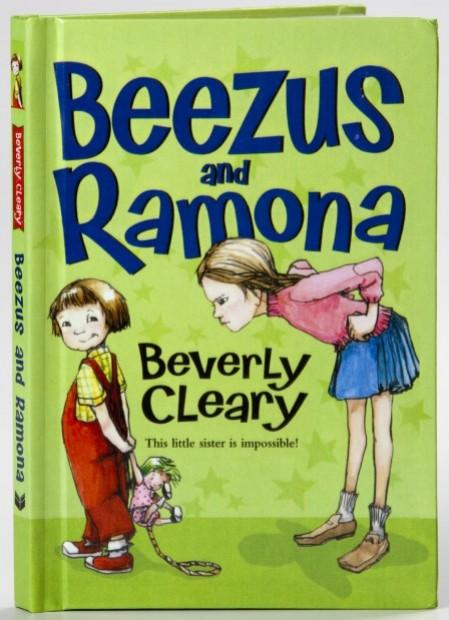
“Why don’t you start another painting and just try to have a good time with your paints?" her teacher advises. Beezus is baffled by “how she could paint a good picture unless she worked at it.” But when Beezus starts again, she lets herself be guided by ideas that interest her. She starts painting a dragon, and parts of it come out looking like candy. She thinks, how cool would it be if a dragon were made of candy? She rolls with it. It flows easily. She has fun with it. She loves how it turns out. And guess what? Her target audience, her teacher, loves it, too. It still takes exertion to paint the dragon, but it doesn’t feel like exertion the same way the Pegasus did, because it’s exertion she genuinely wants to be doing.
So what does this mean for a writer? Yes, my scenes need beginnings. But they usually don’t need boring beginnings that I hate writing. Sometimes I find ways to smoosh them together with a scene that needs an ending. Sometimes I think of an interesting piece of exposition I want to get down, and open a scene that way. Maybe sometimes I can just start a scene mid-drama. Your reader doesn’t want a big block of tortured, “perfect” Pegasus words, the thing you think you’re “supposed” to write. They want the delicious candy dragon that comes straight from your heart. And only you know what that’s meant to look like. Block out time, put Twitter on ice, and exercise the discipline to sit down with your blank page—but once you’re there, write something you actually want to write.
